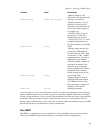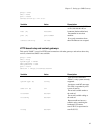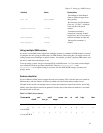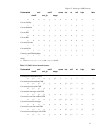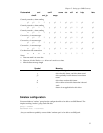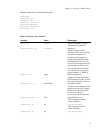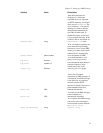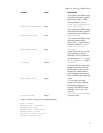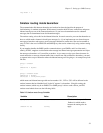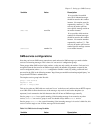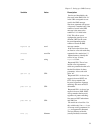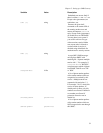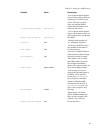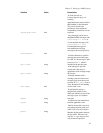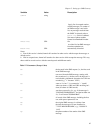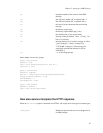
Chapter 5. Setting up a SMS Gateway
log-level = 0
Smsbox routing inside bearerbox
The communication link between bearerbox and smsbox has been designed for the purpose of
load-balancing via random assignment. Which means, bearerbox holds all smsc connections and passes
inbound message to one of the connected smsboxes. So you have a determined route for outbound
messages, but no determinated route for inbound messages.
The smsbox routing solves this for the inbound direction. In certain scenarios you want that bearerbox to
know to which smsbox instance it should pass messages. I.e. if you implement our own boxes that pass
messages to bearerbox and expect to receive messages defined on certain rules, like receiver number or
smsc-id. This is the case for EMI/UCP and SMPP proxys that can be written easly using smsbox routing
facility.
If you smppbox handles the SMPP specific communication to your EMSEs, and if an client send a
submit_sm PDU, smppbox would transform the message into Kannel message representation and inject
the message to bearerbox as if it would be an smsbox. As you want to assign your clients shortcuts for
certain networks or route any inbound traffic from a certain smsc link connected to bearerbox, you need
to seperate in the scope of bearerbox where the inbound message will be going to. An example may look
like this:
group = smsbox
...
smsbox-id = mysmsc
...
group = smsbox-route
smsbox-id = mysmsc
shortcuts = "1111;2222;3333"
which means and inbound message with receiver number 1111, 2222 or 3333 will be delivered to the
smsbox instance that has identified itself via the id "mysmsc" to bearerbox. Using this routing the
smsbox instance (which may be an EMI/UCP or SMPP proxy) is able to send a deliver_sm PDU
smsbox-route inherits from core the following fields:
Table 5-5. Smsbox-route Group Variables
Variable Value Description
group (m) smsbox-route This is a mandatory variable
smsbox-id (m) string
Defines for which smsbox
instance the routing rules do
apply.
56



